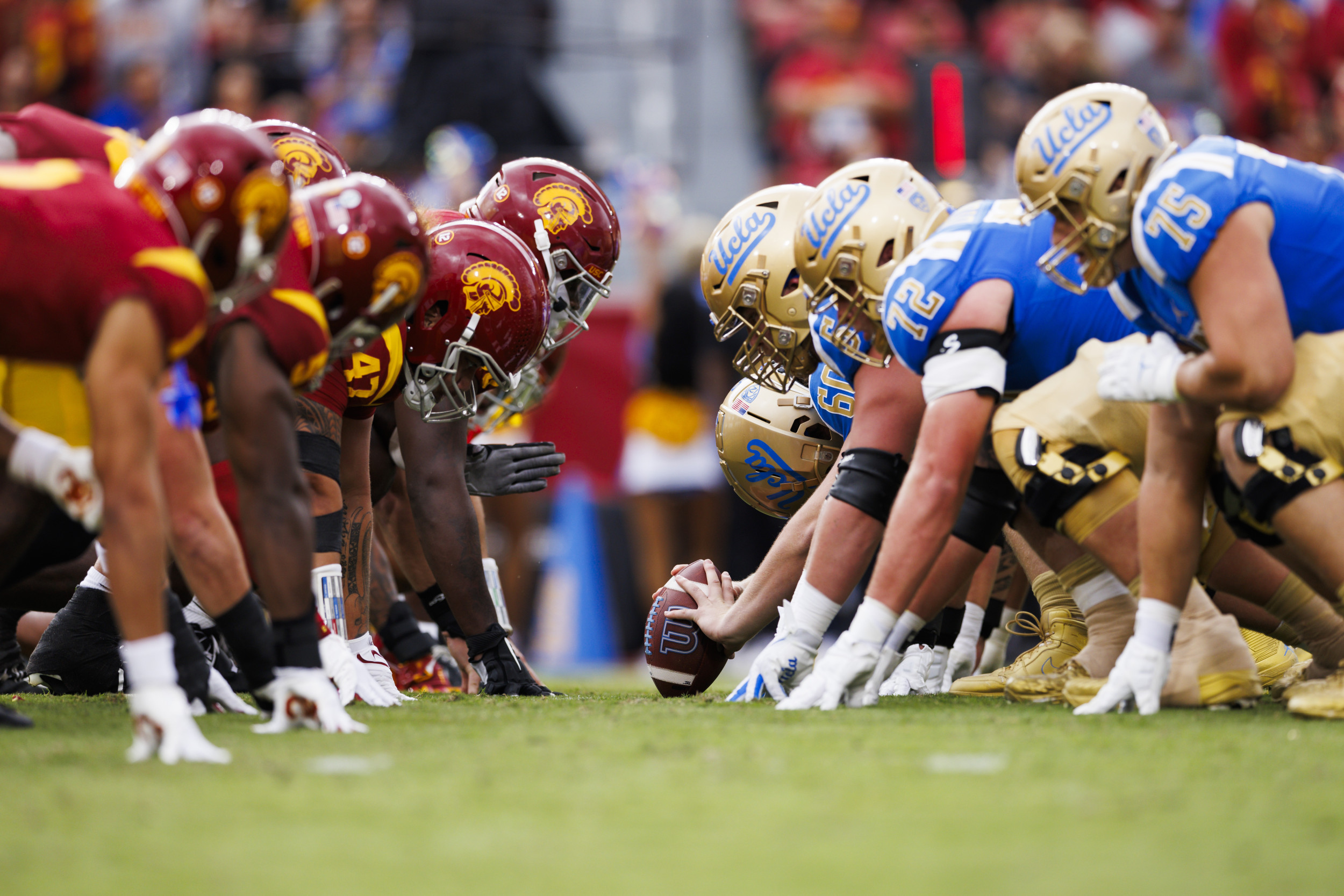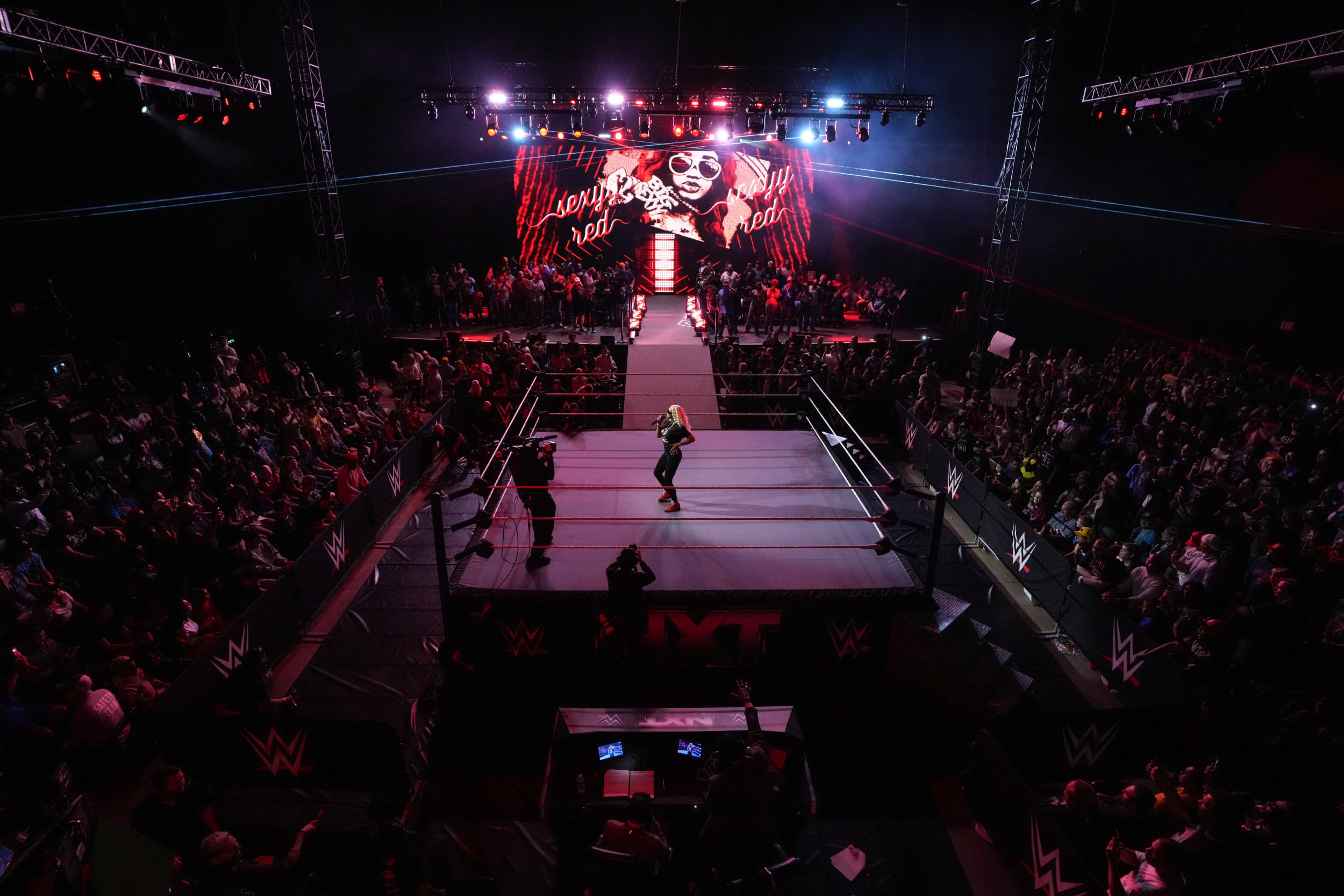The United States, which has the world's largest aircraft carrier fleet with 11 in service, will soon begin building two "flattops" in a single dry dock concurrently for the first time.
Huntington Ingalls Industries, the largest military shipbuilder in the U.S., said on Tuesday that its Virginia-based Newport News Shipbuilding division has successfully transferred the mid-body hull section of the third Gerald R. Ford-class aircraft carrier, the Enterprise.
On October 31, more than 100 million gallons of water filled the dry dock, which floated the Enterprise's hull section for the first time, allowing it to be transferred from the east end of the dry dock to the west end of it, where the warship will continue its construction.
Meanwhile, the Enterprise's sister ship and the fourth ship in the class, the Doris Miller, will begin its assembly at the east end of the same dry dock in early next year, marking what the shipbuilder called "a historic first" dual construction of the Gerald R. Ford-class.

China, which has the world's largest navy with more than 370 ships and submarines, is reportedly working on a nuclear propulsion system for a carrier-sized warship. All of the country's three "flattops" are conventionally powered.
Congress mandates the U.S. Navy to operate "not less than 11 operational aircraft carriers," and the fleet is composed of two classes of nuclear-powered "flattops," including 10 ships of the Nimitz-class, as well as USS Gerald R. Ford, the lead ship of its class.
Huntington Ingalls Industries, the sole designer and builder of U.S. aircraft carriers, said that modifications of the dry dock and implementation of a two-ship contract enable the concurrent assembly of the Enterprise and the Doris Miller in the same dry dock.
The Gerald R. Ford-class, which will replace the preceding Nimitz-class, is regarded as the most advanced U.S. aircraft carrier. It introduces 23 new technologies, including an electromagnetic aircraft launch system that can generate a higher sortie rate.
The 100,000-ton Gerald R. Ford was put into service in 2017 and completed its maiden, eight-month-long combat deployment in January. The U.S. Navy described the warship as a "generational leap" in the naval service branch's capacity to project power globally.

The second ship in the class, the John F. Kennedy, has begun testing of its electromagnetic aircraft launch system in February, which replaces steam catapults used by the Nimitz-class. It is under construction at the shipyard and is scheduled for delivery in July 2025.
However, the delivery date of the Enterprise has been deferred by 18 months, from March 2028 to September 2029, according to a U.S. Navy budget document submitted to Congress in March. The Doris Miller has a scheduled delivery date of February 2032.
The Gerald R. Ford and the John F. Kennedy are named after the two presidents, while the Enterprise is the ninth U.S. warship to bear the name since the American Revolution.
Doris Miller was an African American sailor who fought attacking Japanese forces during the attack on Pearl Harbor on December 7, 1941, for which he was awarded the Navy Cross—the second highest military decoration. He died in 1943 during a battle at sea.




















 English (US) ·
English (US) ·